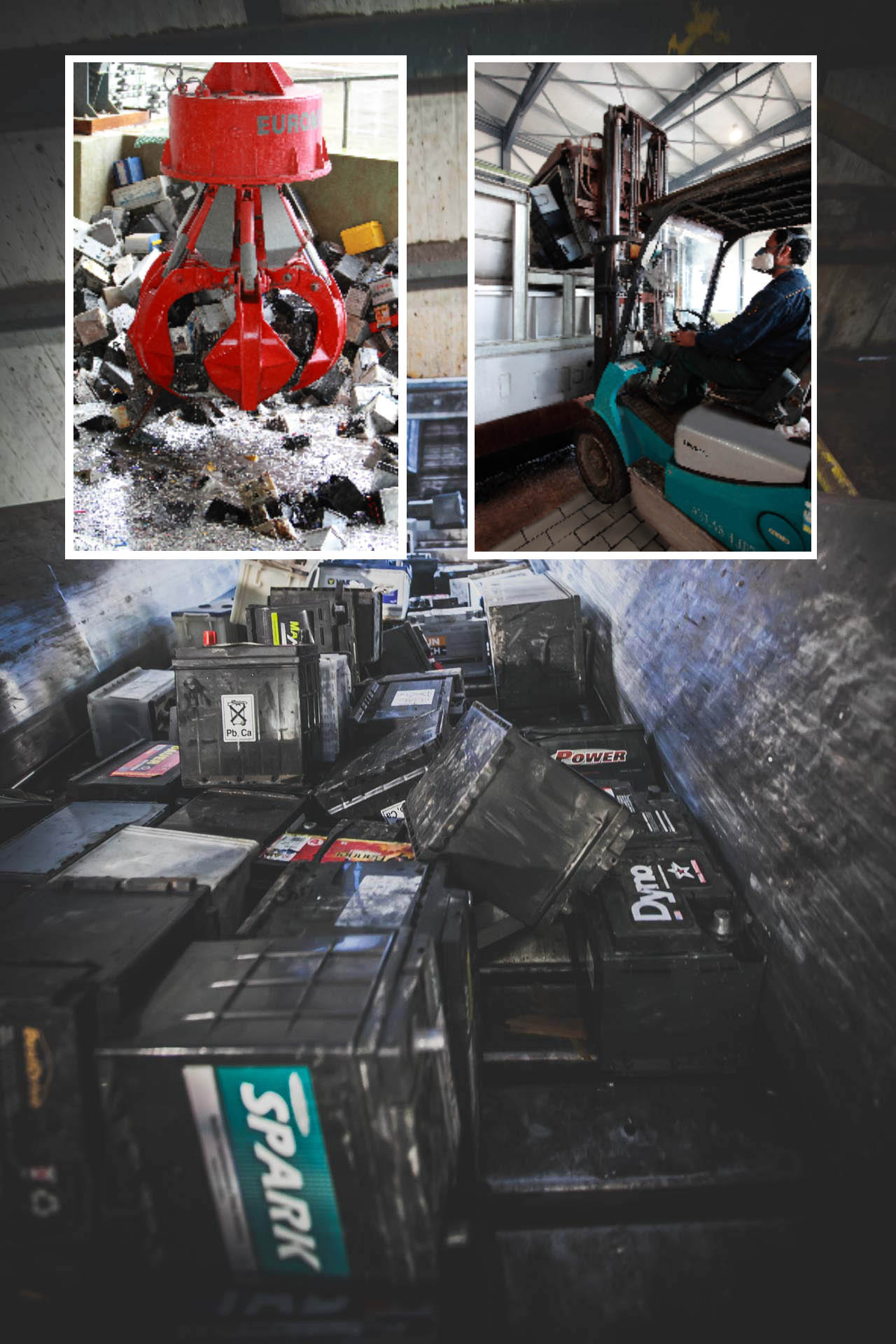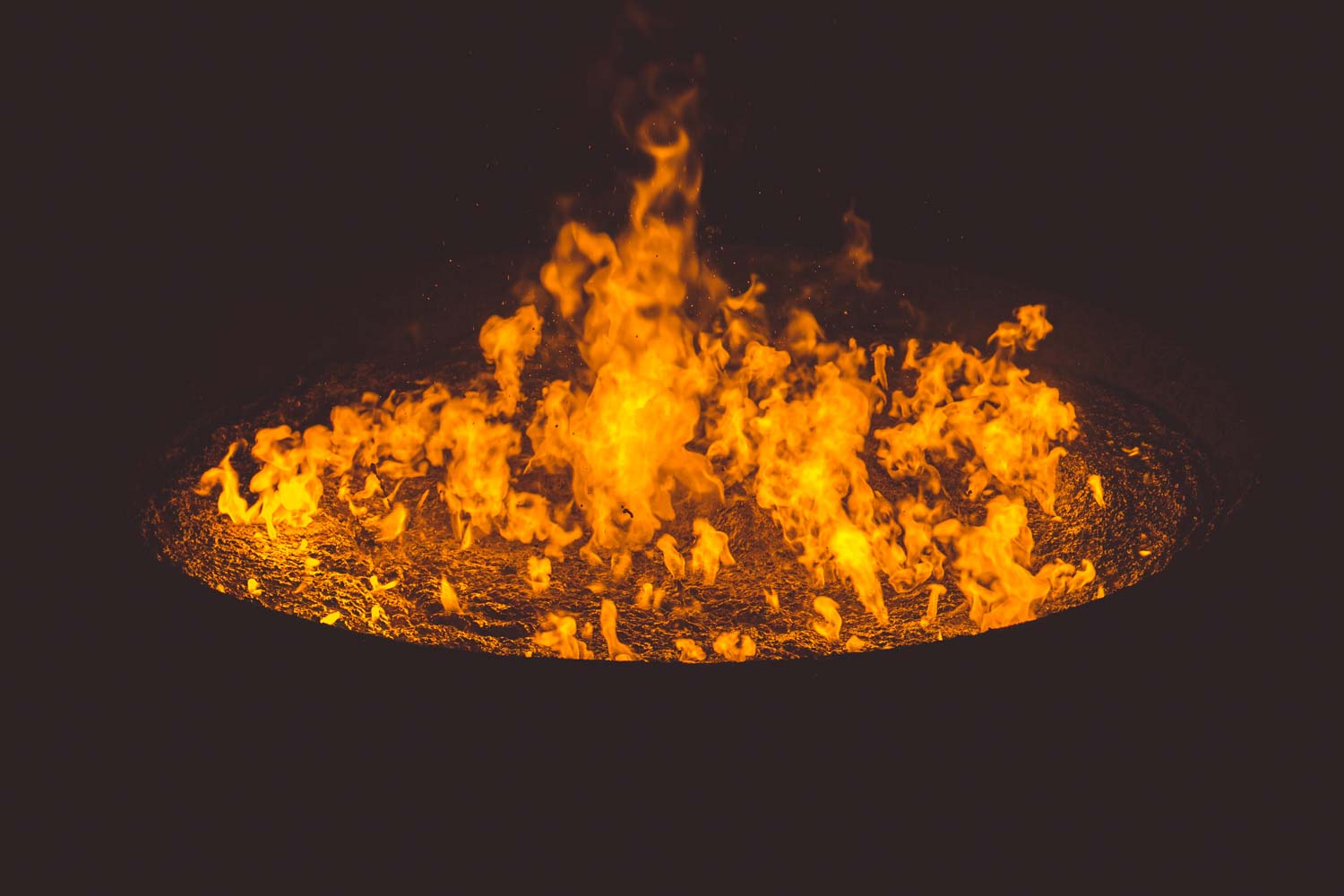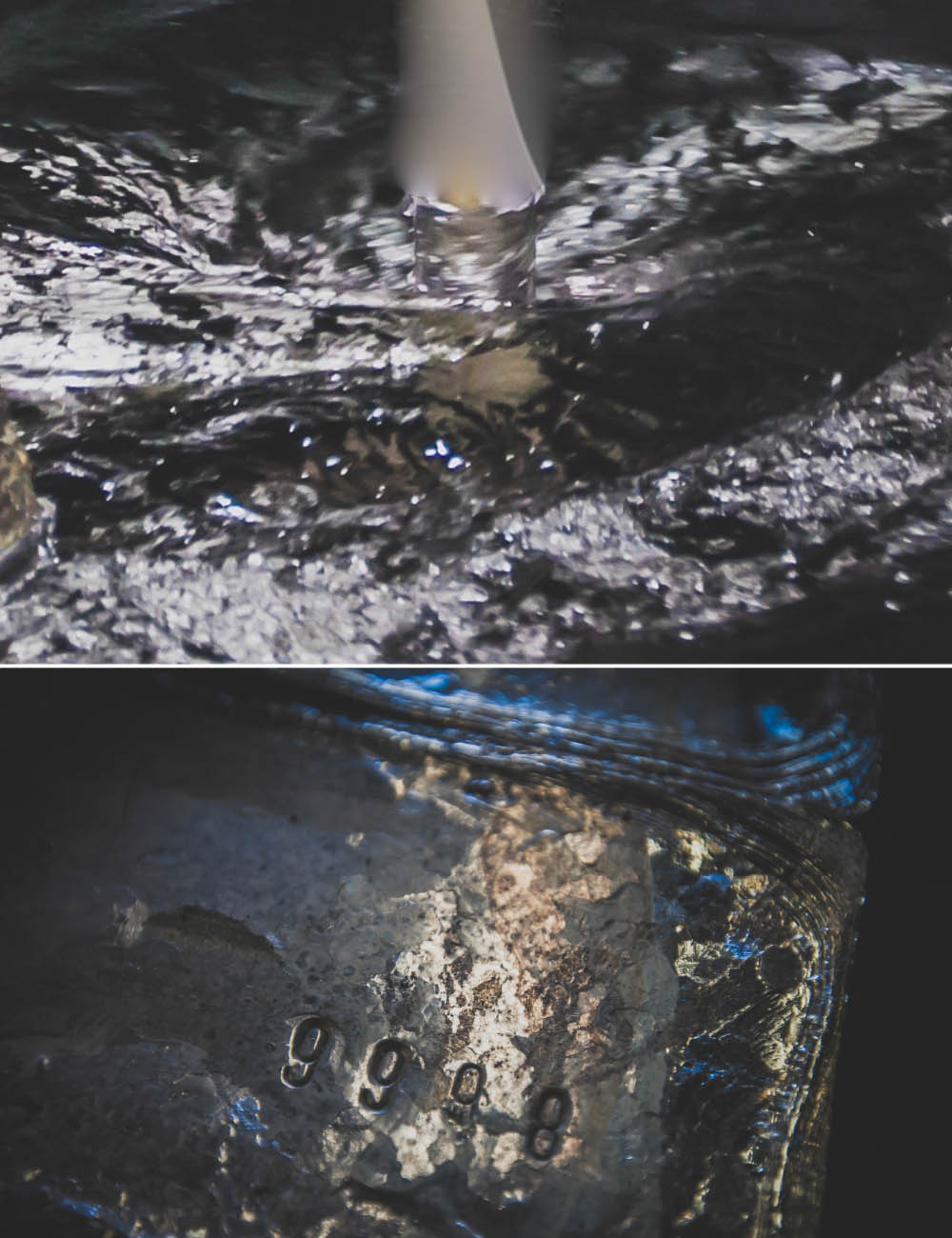
Selection - breaking - separation of accumulators
Used accumulators are collected in recycling units in properly designed spaces for first sorting and load control.
This phase of screening is necessary to remove possible incompatible materials (nickel-cadmium accumulators, ferrous parts, various wastes). The accumulators are loaded onto conveyor belts and through a hopper, shipped to their crushing and shredding areas.
At the end of this phase, we have lead paste, partition meshes, battery poles, polypropylene mix and plastic. The lead paste, in the form of sludge, is recovered in the filtrate unit.
The usual lead concentration is about 99% in metallic form and is recovered by redox in cylindrical melting furnaces. The dividing grid and poles are driven into the melting furnace.
The polypropylene at the exit from the separator is recovered by air separation and flotation and sent for shredding.
From the plastic mix, a part, after rinsing, clean and free from any residual materials, is sold as a product to plastic makers. While the remainder, at most polyethylene, is recovered or dispatched for deposition.


